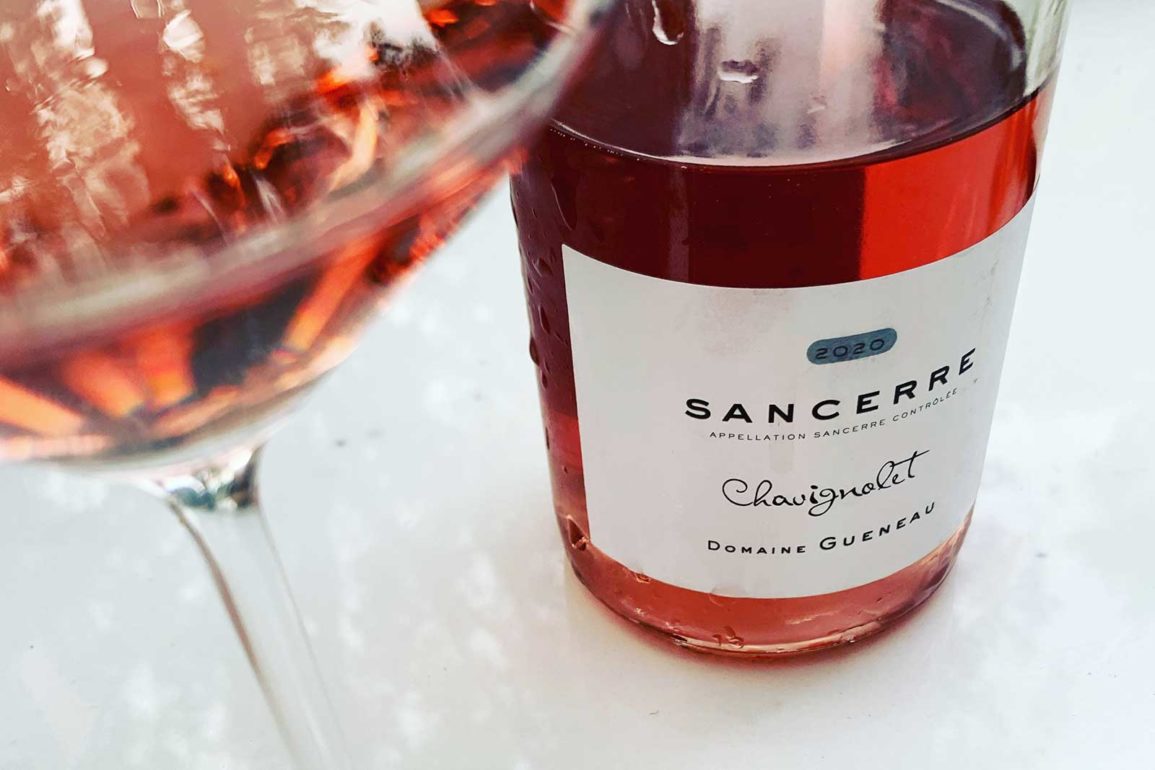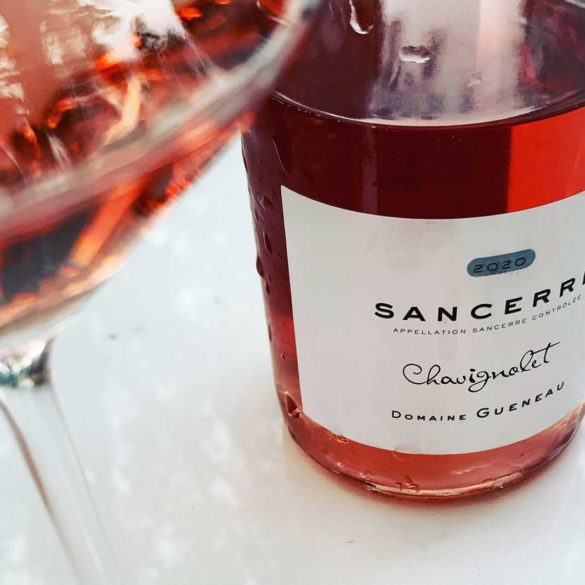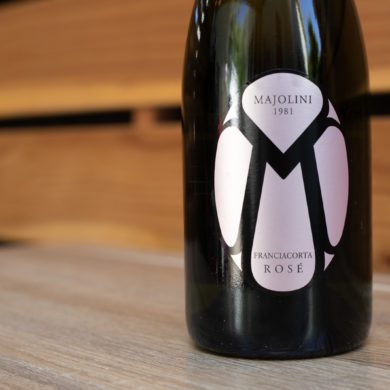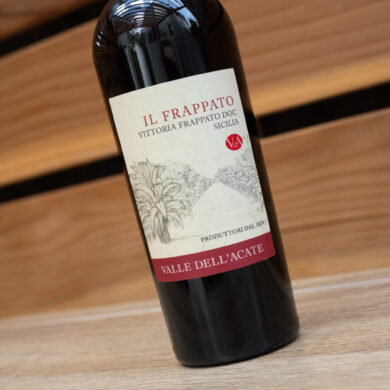We have some picky eaters in my house. Yesterday — with upcoming school lunches on our mind — my wife and I laid out a plate of charcuterie staples to see if the kiddos could spice things up. (PBJ fatigue is real). Mortadella was pitched as “bologna’s better-tasting cousin.” Unsalted pistachios were once again framed as “a more interesting cashew.” And a slice of white American cheese (for the love of Pete!) was described as “cheese, damn it.”
As they surveyed the plates, there was a moment where both kids were clearly eating with their eyes. What are these white squares in the mortadella? they asked. Why is the cheese sweating? That sort of thing. I bring this up because wine drinkers often do the same thing with rosé. You can simultaneously tell a lot (e.g. maceration time, a guess at grape variety) and nothing at all (e.g. worth my time?) by the color of rosé. There is a school of thought that paler is better, but I think that also comes from the same university that gave us “vote for the presidential candidate with the fewest letters in their name.”
By now, it is safe to say that sweeping generalizations about categories of wine are always counterproductive. Yet, at the same time, I am the guy who penned an article called Rosé Has Been a Waste of My Time. At that time, rosé had been, and by and large, this category is frequently uninspired. Yet for once, I have been having some better luck in the Realm of Pink, and the consistent thread between these wines is (gasp!) a darker color. The deeper the hue, the more maceration (i.e. contact between the wine and the grapes’ skins). More maceration tends to mean more substance. Whether the winemaker manages the substantive elements is another matter, but in Domaine Gueneau’s “Chavignolet” Sancerre Rosé there is plenty of detail to tease apart, and it all works brilliantly.
Elisa Gueneau is the second-generation winemaker at her family’s Sancerre domaine, but grape growing and wine production go back centuries in the family. While this rosé’s name alludes to the great limestone-based terroir of Chavignol — a hamlet within Sancerre — it is more a musing on the area, as well as Elisa’s family heritage working the land (her grandfather wrote a song called “Chavignolet”). This wine itself is a melodious tune, weaving together raspberry- and lemon-like tones with quite a bit of traction on the palate — a slippery, enriching roundness that bucks expectation. I served this wine to a couple of “rosé skeptics” and they were thrilled by it. The bottle barely lasted 20 minutes on the table before it was gone.
So what’s the takeaway? Are darker rosé better? That’s a precarious assumption, even if I wish it were true. Depth of color is merely a clue that more maceration took place (in my book: promising). No, the real reason this wine hit the spot has more to do, I believe, with Sancerre’s terroir and careful practices in the vineyard, as well as the extended time on the lees (not mentioned on the bottle) and the use of Pinot Noir (also not mentioned on the bottle), which tends to be a more generous, hearty sip when made as a rosé.
If there is a takeaway for many of us, it is a reminder that the Central Loire has a lot more to it than just Sauvignon Blanc. But, if your palate is like mine, you do have permission to shop with rosé-tinted glasses. It’s a promising lead.
2020 Domaine Gueneau “Chavignolet” Sancerre Rosé
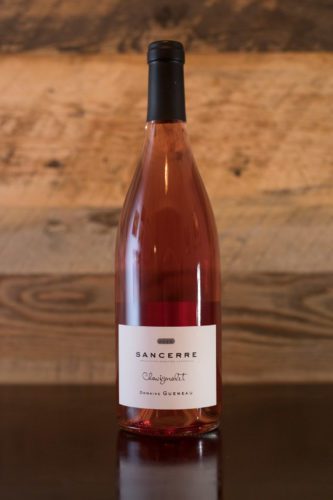 Sancerre AOC (Loire Valley)
Sancerre AOC (Loire Valley)
Grapes: Pinot Noir (100%)
Alcohol: 13%
Opinion: ★★★★ 3/4 (out of five)
Food-friendliness: Impeccable
Value: As expected
A beginner might like … how the radiant color of this wine translates into a radiant tasting experience. This is no thin, anemic rosé. Boasting sour raspberry, tart lemon peel and rainstorm-like notes, it is a wine of substance.
A wine obsessive might like … the textural weight of this rosé. This wine spends six months on the lees in stainless steel tanks, which seems to lend it a rounder, silkier feel. Here, you get Pinot Noir’s take on that terroir — albeit in rosé form — and it is no less compelling. An exciting sipper for sure.
Note: This wine was provided as a sample by JP Bourgeois, the American importer for Domaine Gueneau. Learn more about our editorial policy.
